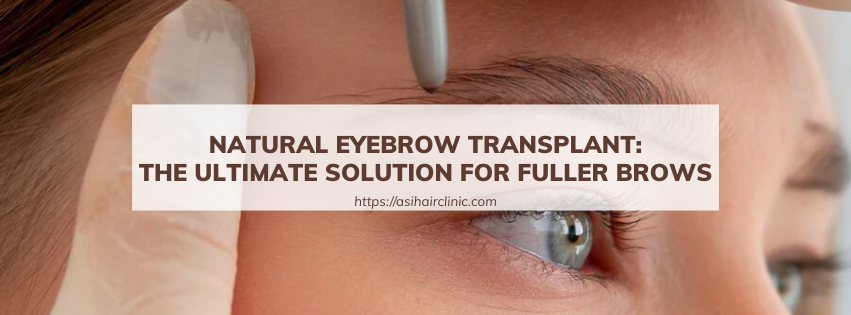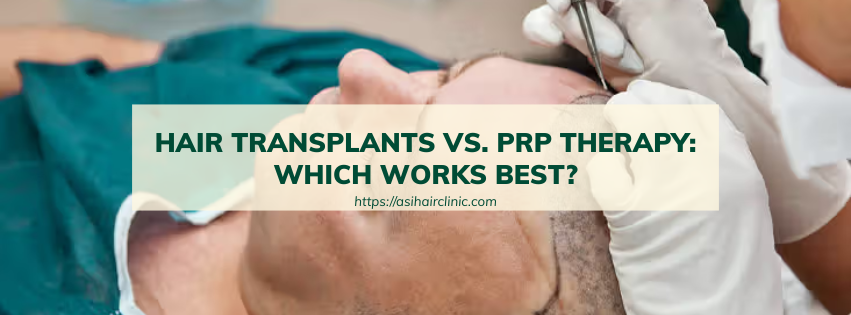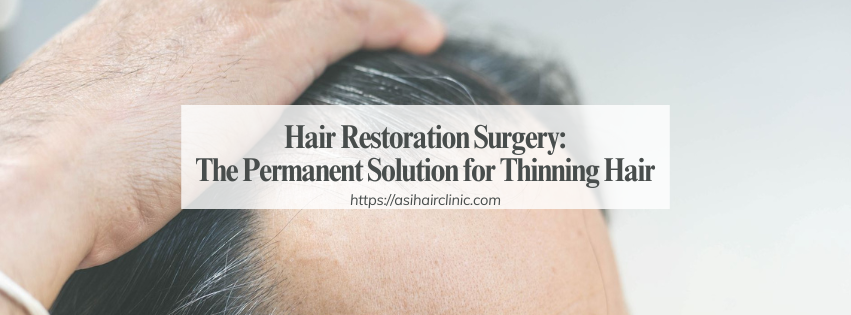Can Women Have Hair Transplants?
Can women have hair transplants? This pressing question has gained significant attention as more and more women experience hair loss, particularly due to conditions such as female pattern hair loss (FPHL). With advancements in medical technology, hair transplantation has emerged as a promising solution for women seeking to reclaim their confidence and restore their hair. In this article, we will delve into the world of hair transplantation for women, exploring the intricacies of the procedure, its effectiveness, potential risks, and essential considerations before undergoing the treatment.
1. Understanding Female Pattern Hair Loss (FPHL)
Female pattern hair loss, or androgenetic alopecia, is a condition that many women face silently and often without adequate understanding or support. The gradual thinning of hair across the scalp can lead to pronounced emotional distress and diminished self-esteem. Unlike male pattern baldness, which tends to present with a receding hairline and localized bald spots, FPHL often results in diffuse thinning throughout the crown and part line.
1.1. The Causes of FPHL
Several factors contribute to the onset of female pattern hair loss.
Genetics play a pivotal role in determining whether an individual is predisposed to FPHL. If there is a family history of hair loss among females, the likelihood of experiencing similar issues increases significantly. Genetic predisposition works in conjunction with hormonal fluctuations, particularly during life stages such as menopause when estrogen levels decline.
Hormonal changes are another critical factor in understanding FPHL. Shifts in hormone levels can lead to increased sensitivity of hair follicles to dihydrotestosterone (DHT), a derivative of testosterone. This sensitivity can eventually cause hair follicles to shrink and produce thinner hair over time.
Medical conditions such as polycystic ovary syndrome (PCOS) or thyroid disorders can also exacerbate hair loss in women. These conditions disrupt hormonal balance and can lead to changes in hair growth cycles.
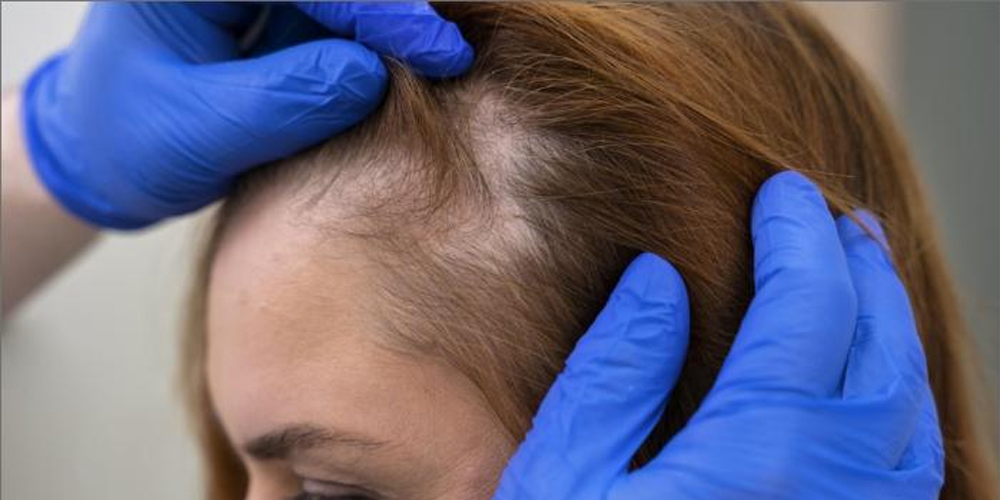
1.2. Psychological Impact of FPHL
The emotional consequences of hair loss in women cannot be overstated. Society often places great emphasis on physical appearance, making hair an integral aspect of a woman's identity. Many women experiencing hair loss may feel:
- Self-conscious: Thinning hair can result in feelings of insecurity, especially in social settings.
- Anxiety and Depression: The psychological toll can manifest in anxiety or depressive symptoms, affecting overall well-being.
- Social Withdrawal: Some women may withdraw from social interactions out of fear of judgment related to their appearance.
Understanding these impacts is crucial for anyone considering hair transplantation. Acknowledging the emotional struggle can guide individuals toward finding effective solutions, including exploring the possibility of hair transplantation.
2. Why Consider Hair Transplantation for Women?
As the discourse surrounding female hair loss evolves, so too do the treatment options available. Among these, hair transplantation stands out as a transformative approach for women looking to combat FPHL effectively.
2.1. Permanent Solution to Hair Loss
One of the most compelling reasons women opt for hair transplantation is the permanence of the results. Unlike topical treatments or oral medications that provide temporary relief, hair transplantation utilizes the patient's own hair follicles, ensuring that the outcome is long-lasting.
When hair follicles are transplanted from genetically resistant areas (typically the back of the head) to balding regions, they continue to grow as they naturally would. This means that patients can enjoy a restored hairline and density for years to come without the need for continual treatments.
2.2. Natural-Looking Results
The technological advancements in hair transplantation have made it possible to achieve remarkably natural-looking results. By utilizing techniques like Follicular Unit Extraction (FUE) and Follicular Unit Transplantation (FUT), surgeons are able to create hairlines that closely resemble natural growth patterns.
With careful planning, strategic placement, and skilled artistry, the transplanted hair integrates seamlessly with existing hair. This feature not only enhances aesthetic appeal but also provides women with newfound confidence, knowing that their hair looks authentic and undetectable.
2.3. Boosting Self-Esteem and Confidence
For many women, hair is a vital aspect of their identity. When it starts to thin or fall out, it can affect self-perception and confidence levels.
Hair transplantation can radically change how women feel about themselves. Regaining lost hair can restore a sense of youthfulness and vitality, allowing women to embrace their appearance fully. After undergoing the procedure, many women report an uplifted mood and enhanced self-image, leading to improved social interactions and a more active lifestyle.
2.4. Minimal Downtime and Recovery
Unlike some surgical procedures that require extensive recovery periods, hair transplantation offers a relatively quick turnaround. Most women can resume normal activities within just a few days following the procedure, albeit with certain restrictions.
This minimal downtime allows women to fit the procedure into their busy lives without major disruptions. Taking the plunge into hair restoration becomes less daunting when the recovery process is manageable and efficient.
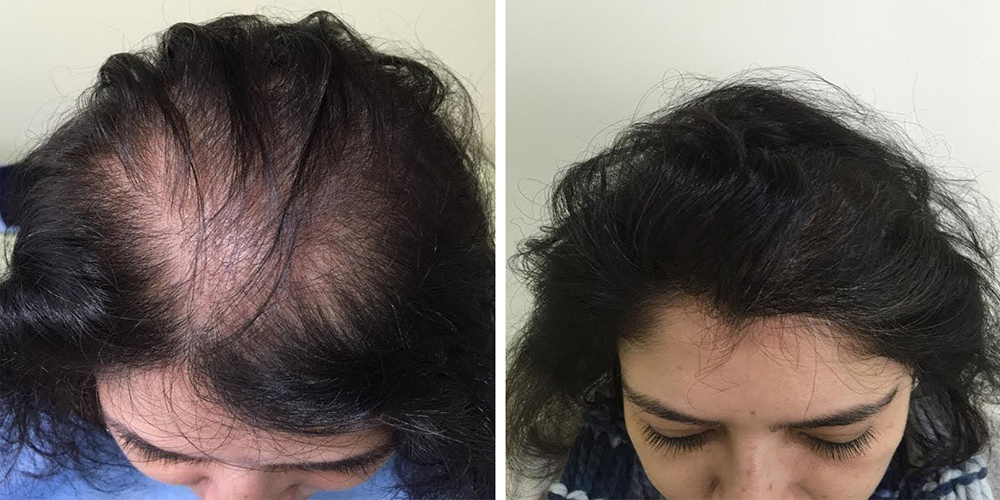
3. The Hair Transplantation Procedure: A Step-by-Step Guide
For women contemplating hair transplantation, understanding the procedure itself is essential. While the overarching steps mirror those for men, tailored adaptations ensure that the unique needs of female patients are addressed effectively.
3.1. Initial Consultation and Evaluation
The journey begins with a detailed consultation with a qualified hair transplant surgeon. This step is crucial for establishing the foundation of the upcoming procedure.
During the consultation, the surgeon conducts a thorough evaluation of the patient’s medical history and specific hair loss patterns. Detailed discussions about aesthetic goals and expectations help set realistic outcomes for what hair transplantation can achieve.
A comprehensive scalp examination is performed to assess hair density, quality of donor hair, and the extent of thinning areas. Based on this analysis, the surgeon can devise a personalized treatment plan.
3.2. Donor Area Selection
In hair transplantation, selecting an appropriate donor area is vital for successful outcomes. The donor area should contain healthy hair follicles that are resistant to the effects of DHT, ensuring viable grafts for transplantation.
Typically, the back of the head is chosen as the donor site since hair in this region tends to maintain density longer than other areas. It’s important to have sufficient follicles in the donor zone to facilitate optimal coverage in the recipient area.
3.3. Harvesting Hair Follicles
Once the donor area is determined, the surgeon can begin harvesting hair follicles using one of two primary methods: Follicular Unit Extraction (FUE) or Follicular Unit Transplantation (FUT).
FUE involves extracting individual hair follicles directly from the donor area using a specialized instrument. This technique allows for smaller incisions and reduced scarring compared to FUT.
Conversely, FUT entails removing a strip of skin containing hair follicles. The strip is then meticulously dissected into individual follicular units under a microscope. Though this method may leave a linear scar, it can yield a higher number of grafts in a single session.
3.4. Recipient Area Preparation
After the follicles are harvested, the next stage focuses on preparing the recipient area. The surgeon creates tiny incisions in the predetermined locations where the transplanted follicles will be placed.
Strategically placing these incisions according to the natural hair growth pattern is paramount to achieving aesthetically pleasing results. The angle, direction, and density of placement all play a critical role in creating a natural appearance.
3.5. Hair Follicle Transplantation
The core of the procedure involves carefully inserting the harvested hair follicles into the prepared incisions. Each follicular unit is positioned at an angle that mimics the natural growth patterns of hair.
Surgeons often apply artistic expertise during this phase, ensuring that the resulting hairline complements the patient’s facial features. The ultimate goal is to create a seamless transition between existing hair and the newly transplanted follicles.
3.6. Post-Operative Care
Once the procedure concludes, patients receive specific post-operative care instructions. This guidance typically includes managing swelling and discomfort, cleaning the scalp, and abstaining from strenuous activities.
Following these instructions is crucial for ensuring smooth healing and optimal results. Patients need to remain diligent in caring for their newly transplanted hair to achieve the best possible outcomes.
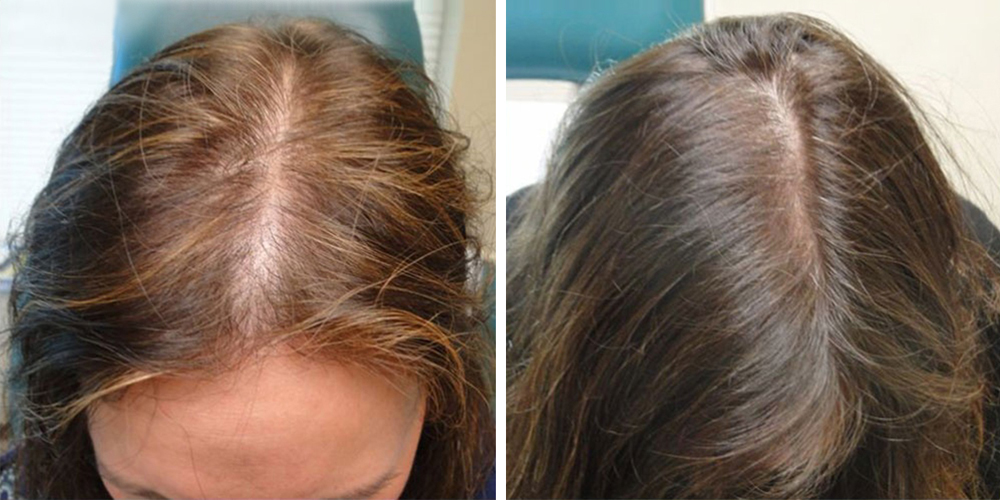
4. Efficacy and Outcomes of Hair Transplantation
Women who undergo hair transplantation often report impressive results, though individual experiences can vary based on various factors.
4.1. Assessing the Effectiveness
When performed by an experienced surgeon, hair transplantation can effectively restore hair density and improve the appearance of thinning areas. Most patients witness visible growth of transplanted hair within a few months, with full results typically seen within 9 to 12 months after the procedure.
It's important to manage expectations regarding the final outcome. While many women achieve significant improvements in hair density and overall aesthetics, the degree of success can fluctuate based on hair type, genetics, and the extent of prior hair loss.
4.2. Long-Term Benefits
Beyond immediate visual outcomes, the long-term benefits of hair transplantation extend to emotional and psychological enhancements. Many women report greater satisfaction with their appearance and renewed confidence in their social interactions.
Additionally, the investment in hair transplantation can lead to lasting changes in lifestyle. Women may feel empowered to engage in activities they once avoided due to concerns about hair loss, such as swimming or attending events where they might be scrutinized for their hair.
4.3. Individual Variability in Outcomes
While the overarching trend points toward positive results, it's crucial to recognize that hair transplantation outcomes are not uniform for everyone. Individual factors such as hair texture, thickness, and overall health can influence results.
Women with extremely fine hair may experience different visual outcomes compared to those with thicker strands. Furthermore, existing hair must be considered during the planning stages to ensure compatibility and blending.
In summary, women can anticipate meaningful changes through hair transplantation, although a range of factors will ultimately dictate the final outcome.
5. Potential Risks and Complications of Hair Transplantation
Like any surgical procedure, hair transplantation comes with inherent risks and possible complications. Understanding these concerns can empower women to make informed decisions.
5.1. Common Risks
Despite being generally considered safe, potential risks associated with hair transplantation include:
- Infection: While rare, infections can occur at either the donor or recipient sites. Following post-operative care instructions is vital to minimize this risk.
- Bleeding: Minor bleeding during the procedure is expected; however, excessive bleeding can occur in some cases. Surgeons take precautions to mitigate this risk.
- Scarring: While FUE minimizes visible scars, FUT may lead to a linear scar at the donor site. Individuals should weigh these outcomes when deciding on the preferred harvesting technique.
- Unsatisfactory Results: Occasionally, the transplanted hair may not grow as anticipated, leading to suboptimal cosmetic outcomes. Factors such as surgical technique and recipient site preparation play a role in this variability.
5.2. Rare Complications
Certain complications, though infrequent, can arise post-transplantation. These may include:
- Folliculitis: Inflammation of hair follicles can occur, causing discomfort and potentially delaying healing.
- Numbness: Temporary or permanent numbness in the donor or recipient area can develop, although it is typically transient.
5.3. Importance of Surgeon Selection
Selecting a highly qualified and experienced hair transplant surgeon can significantly reduce the risk of complications. Evaluating the surgeon's track record, qualifications, and specific experience with female hair transplantation is essential.
Choosing a reputable clinic with a strong focus on patient care and satisfaction can further enhance the likelihood of successful outcomes while minimizing potential risks.
6. Factors to Consider Before Undergoing Hair Transplantation
Deciding to undergo hair transplantation is a significant step, and there are several key factors that women should carefully think through.
Hair Loss Pattern and Severity: Understanding the extent and pattern of hair loss plays a critical role in determining candidacy for hair transplantation. Women with extensive hair loss may need multiple sessions to achieve desired coverage and density.
Realistic Expectations: Setting practical expectations is vital for successful outcomes. Hair transplantation can dramatically enhance hair density and appearance, but it is important to understand that it may not completely restore a full head of hair. Having an open dialogue with the surgeon about achievable goals can help align visions for the procedure.
Financial Considerations: Hair transplantation represents a considerable financial commitment, and patients should carefully consider the total costs involved. Alongside surgery fees, expenses related to post-operative care and possible revisions should be factored in.
Emotional Well-Being: Women contemplating hair transplantation should evaluate their emotional readiness for the procedure. Given the emotional impact of hair loss, having a support system in place can be helpful during the decision-making process.
Conclusion
In conclusion, the question "Can women have hair transplants?" is met with a resounding affirmation. Hair transplantation offers a revolutionary approach for women grappling with the challenges of female pattern hair loss. As advancements in surgical techniques continue to evolve, women can expect natural-looking and long-lasting results that can profoundly impact their lives.
By understanding the intricacies of hair transplantation-including the procedure itself, its efficacy, potential risks, and personal factors-women can make informed decisions about whether this transformative treatment is right for them. Ultimately, hair transplantation represents not just a solution to hair loss, but a pathway to renewed confidence and self-esteem.
LATEST POSTS




